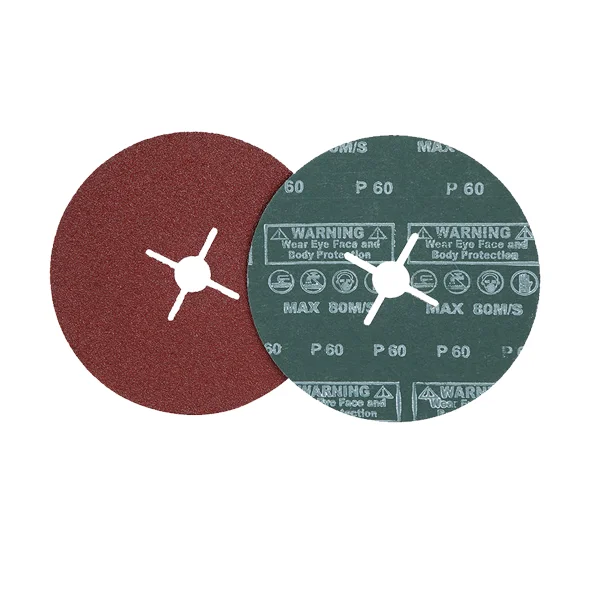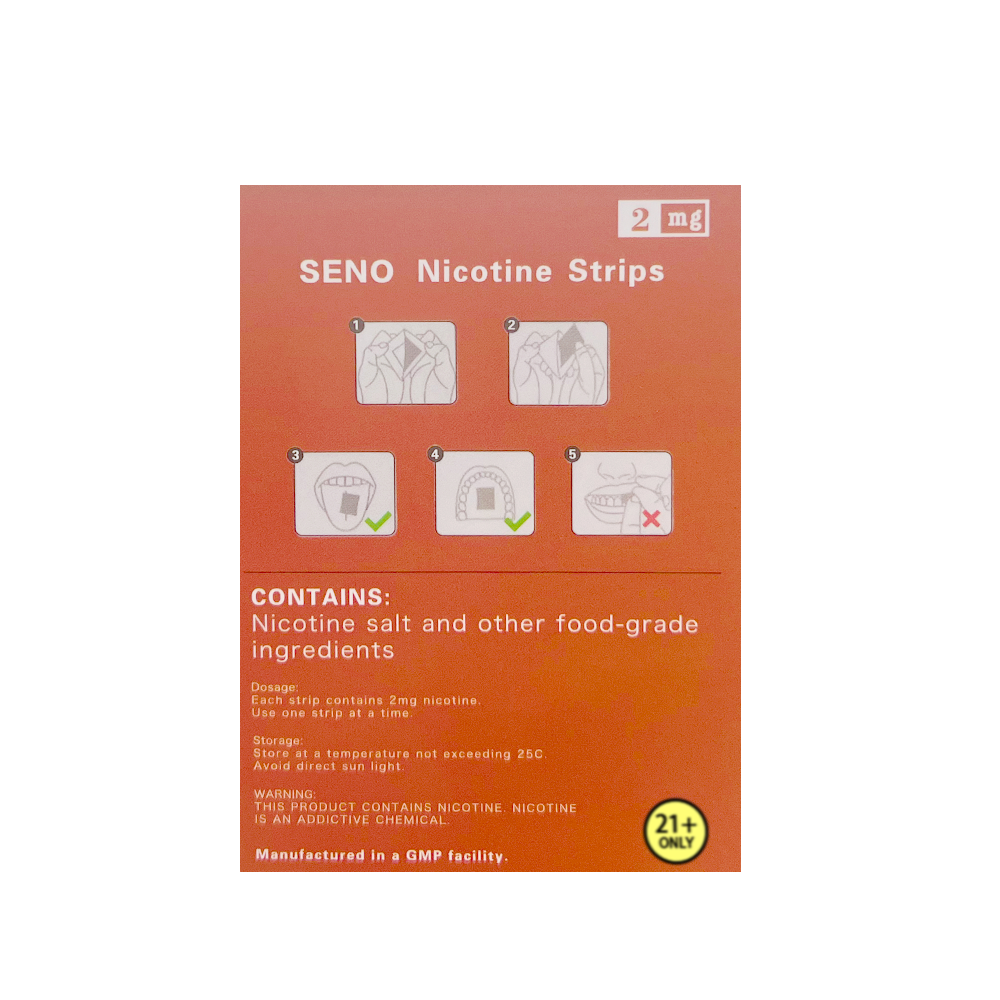In the realm of commerce, understanding the differences between durable, non-durable, and perishable goods is crucial for businesses and consumers alike. These classifications play a pivotal role in inventory management, pricing strategies, and consumer decision-making. This article aims to delve into the intricacies of these categories, shedding light on their unique characteristics, implications, and significance in various industries.
- Defining Durability:
Durable goods are products designed to withstand extended use or repeated consumption over an extended period. These items are typically long-lasting and offer utility beyond a single use. Examples include automobiles, furniture, appliances, and electronic devices. Durability is often associated with higher price points, as these goods are expected to provide value over an extended lifespan. - Unveiling Non-durability:
Non-durable goods, in contrast, are consumed or utilized in a relatively short period. These products are typically depleted after a single use or within a short timeframe. Examples encompass food items, toiletries, office supplies, and clothing. Non-durable goods are often priced lower due to their limited lifespan and the need for frequent replenishment. - Decoding Perishable Goods:
Perishable goods represent a subset of non-durable goods that have a limited shelf life and are susceptible to spoilage or decay. These products are highly time-sensitive and require careful handling and storage to maintain their quality. Perishable goods primarily include fresh produce, dairy products, meat, and flowers. The perishability factor necessitates efficient supply chain management and prompt consumption to minimize waste and maximize profitability. - Implications for Businesses:
Understanding the distinctions between these goods is vital for businesses across industries. For manufacturers and retailers, the classification of goods helps determine pricing strategies, inventory management, and marketing efforts. Durables often involve higher upfront costs but offer long-term benefits, while non-durables require frequent replenishment and pricing adjustments. Perishable goods demand meticulous inventory control, efficient distribution networks, and strategic partnerships to minimize losses and ensure freshness. - Consumer Decision-Making:
The classification of goods also influences consumer decision-making processes. Consumers evaluate the durability of products to assess their long-term value and potential maintenance costs. Non-durables are often chosen based on immediate needs, affordability, and personal preferences. Perishable goods prompt consumers to consider factors such as expiration dates, quality, and storage requirements, impacting their purchasing decisions and consumption patterns.
Conclusion:
Durable, non-durable, and perishable goods form the backbone of the consumer market, each with its distinct characteristics and implications. Recognizing these differences empowers businesses to optimize their operations, pricing strategies, and marketing efforts. Simultaneously, consumers can make informed choices based on their preferences, budget constraints, and the specific requirements of the goods they seek. By understanding these classifications, stakeholders can navigate the dynamic landscape of commerce more effectively, ensuring sustainable growth and customer satisfaction.








+ There are no comments
Add yours